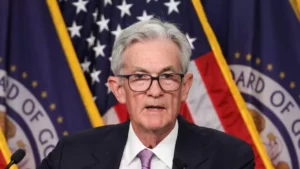
As Congress faces a rapidly approaching October 1st deadline, the threat of a government shutdown grows more imminent due to ongoing budget disputes. Lawmakers remain deadlocked over key issues such as defense spending, domestic programs, and entitlement reforms. Democrats are advocating for increased funding for social services, while Republicans are pushing for cuts to reduce federal spending. Failure to reach an agreement would result in the shutdown of federal agencies, disrupting essential services like healthcare, national parks, and government-backed loans.
If a shutdown occurs, hundreds of thousands of federal workers could face furloughs, and the U.S. economy could suffer significant setbacks. Previous shutdowns have led to billions of dollars in lost productivity and have shaken public confidence in the government’s ability to function. This year, the stakes are particularly high, as the economy is still recovering from inflation and other financial pressures.
President Biden has urged lawmakers to pass a stopgap funding measure to prevent these disruptions. However, with the 2024 election looming, political divisions have made negotiations difficult, particularly as some factions within the Republican Party continue to demand steep spending cuts. The situation highlights the deepening polarization in Washington and the challenge of governing in an increasingly fractured political environment.
The outcome of these budget negotiations will have far-reaching consequences, not just for the economy, but for the federal workforce and American families relying on government services. As time runs out, pressure is mounting for both parties to find a compromise that will keep the government running and avoid a politically damaging shutdown.


